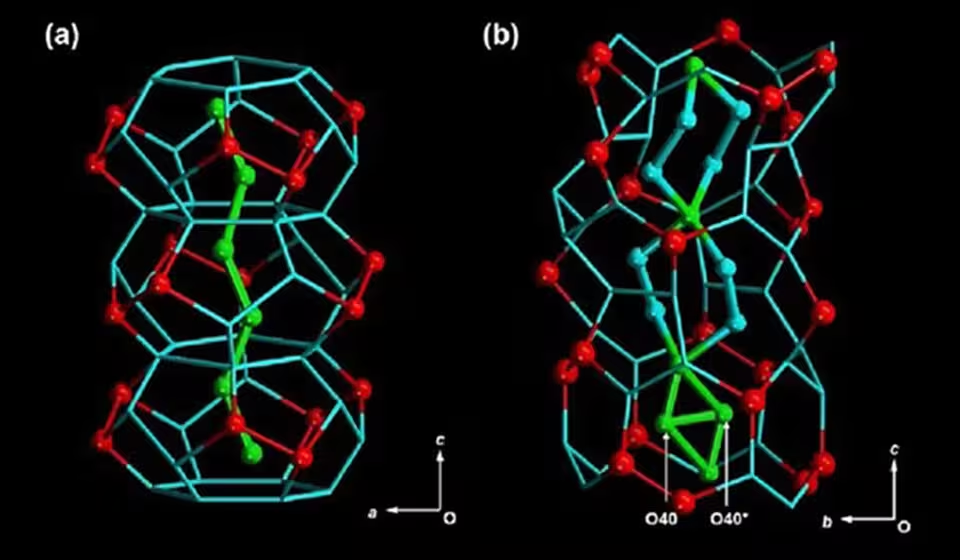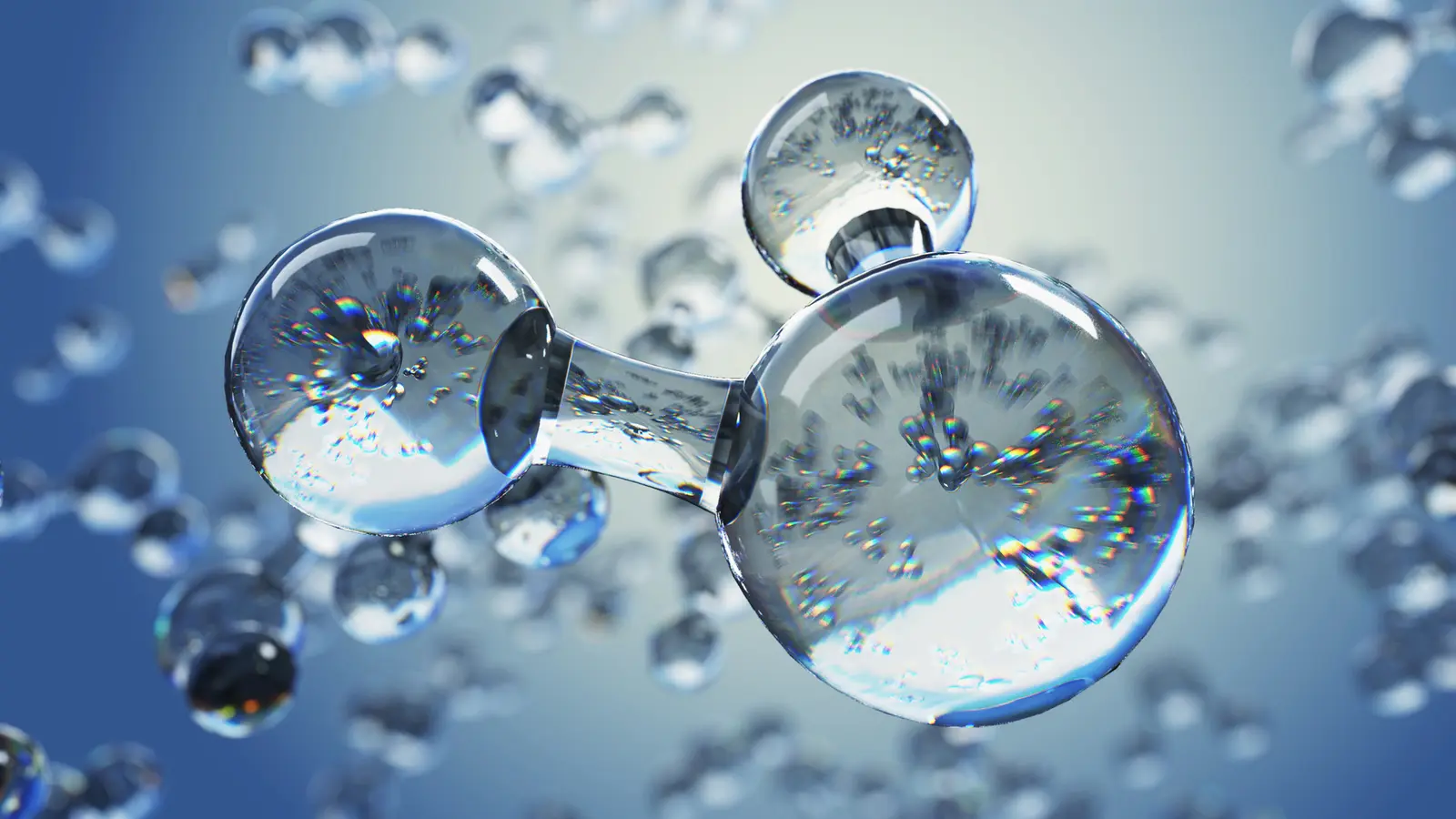5 Minutes
Unusual Hybrid State of Water Revealed
Water is familiar in everyday life, but at the nanoscale it reveals surprising phases. A team in Japan reports that when water is confined in extremely narrow channels it can simultaneously display properties of both solid and liquid. This hybrid configuration, related to a phenomenon known as the premelting state, had been theorized but remained difficult to observe directly until now.
Scientific background and why it matters
At the molecular level the difference between liquid water and ice comes down to hydrogen bonding and molecular mobility. In bulk ice, H2O molecules are locked into an ordered lattice. In liquid water bonds continually form and break, allowing molecules to rotate and translate. The premelting state is intermediate: molecules occupy fixed positions like in a crystal lattice yet retain significant rotational or reorientational motion like a liquid. This coexistence of positional order and dynamic freedom challenges conventional classifications of phases and deepens our understanding of hydrogen-bond networks.

Left: Supercooled water (green) in a nanopore. Right: Water molecule clusters in the premelting state, showing a mix of molecules in the water and ice states. (Makoto Tadokoro/Tokyo University of Science, Japan)
Understanding nanoconfined water is important across science and engineering: it influences ice friction, the behavior of water in biological channels, electrochemical interfaces, and the stability of gases trapped in ice-like materials. The team points to potential applications in storing gases such as hydrogen or methane within engineered ice networks and in designing novel water-based materials including artificial gas hydrates.
Experiment details: heavy water, nanopores and deuterium NMR
To probe the premelting state the researchers used heavy water (D2O), in which hydrogen atoms are replaced by deuterium. Deuterium carries an extra neutron, which makes D2O better suited for sensitive nuclear magnetic resonance techniques. The group synthesized rod-shaped crystals that contained hydrophilic nanopores just 1.6 nanometers wide. They froze D2O inside those channels and warmed the sample slowly while monitoring molecular motion with static solid-state deuterium NMR spectroscopy.
NMR spectra revealed a hierarchical, three-layered structure inside the confined channel. Different layers exhibited distinct dynamics: some molecules were essentially frozen in place, others showed fast reorientations characteristic of liquid-like motion, and an intermediate layer displayed mixed behavior. That layered arrangement supports the idea of a premelting region where frozen and mobile water coexist at the molecular scale.
Key discoveries and implications
The direct NMR evidence clarifies how confinement and surface interactions change hydrogen bonding and phase behavior. Under extreme nanoconfinement water can remain structurally ordered while sustaining rotational mobility, a property not typically observed in bulk ice. This adds to earlier findings that confined water can exhibit altered electrical properties, remain liquid near absolute zero, or freeze at unexpectedly high temperatures depending on pore chemistry and geometry.
Lead author Makoto Tadokoro explains that the premelting state 'involves the melting of incompletely hydrogen-bonded H2O before the completely frozen ice structure starts melting during the heating process,' and that it 'constitutes a novel phase of water in which frozen H2O layers and slowly moving H2O coexist.' These insights help map the phase behavior of water under nanoscale confinement and suggest routes to tailor ice networks for practical uses.
Future prospects
Further work will test different pore sizes, surface chemistries and isotopic variants to establish general rules for confined-water phases. Combining NMR with complementary methods such as neutron scattering and molecular dynamics simulations could resolve how specific hydrogen-bond motifs produce mixed solid-liquid behavior. Practical translation might enable engineered gas storage, improved cryopreservation, or new catalytic environments where water's hybrid dynamics influence reactivity.
Conclusion
The study provides direct experimental evidence that water confined to sub-2-nanometer channels can enter a premelting regime combining crystalline order with liquid-like motion. This refined picture of confined water expands fundamental phase theory and opens pathways for materials that exploit water’s unique nanoscale behaviors.
Source: sciencealert


Leave a Comment